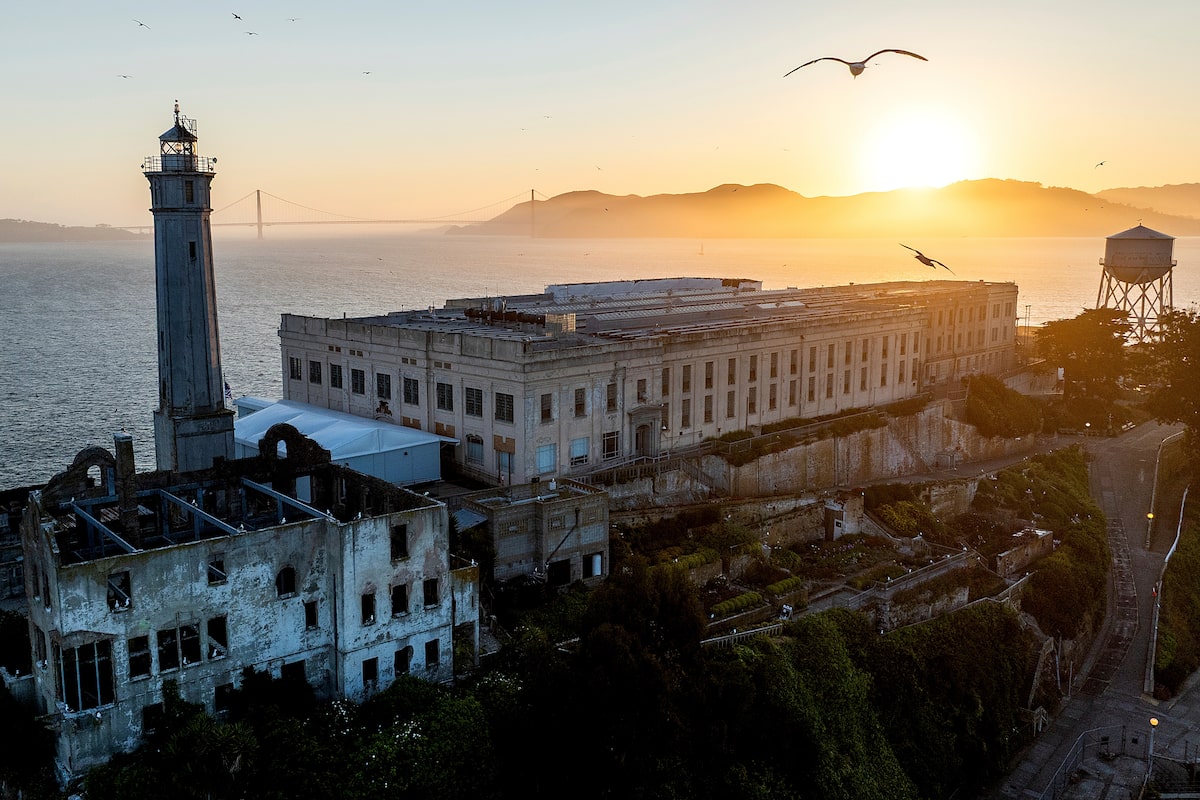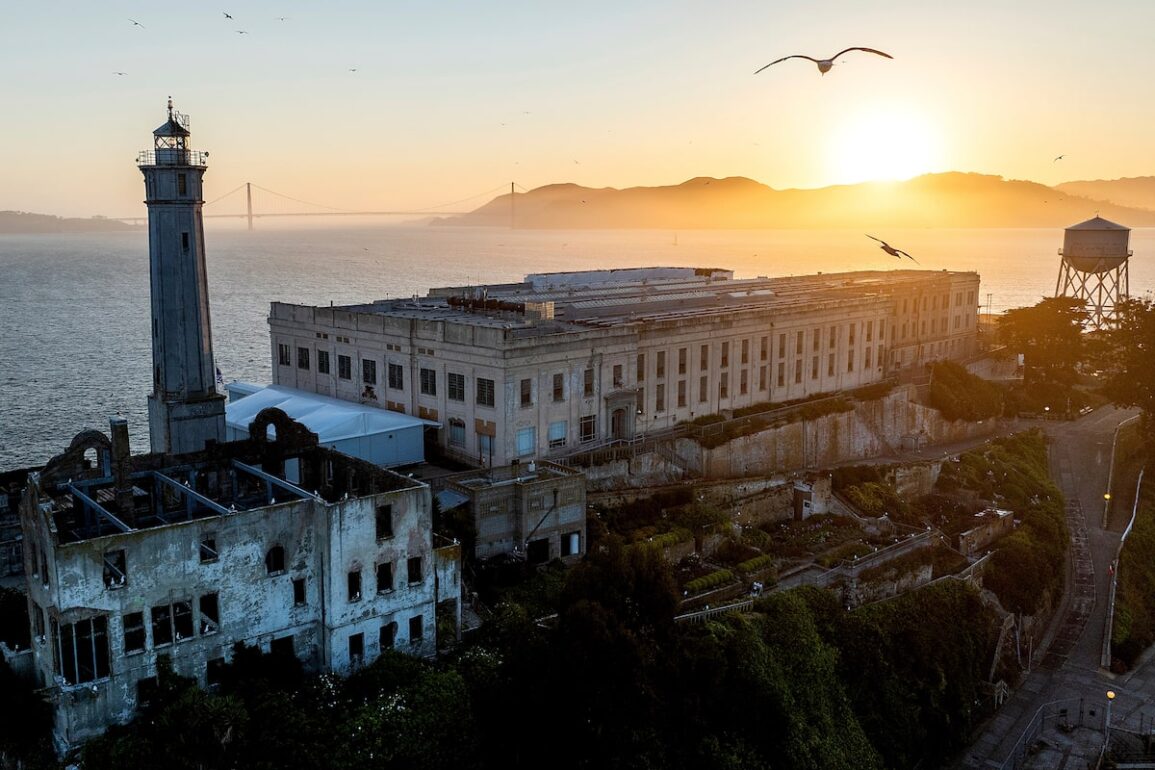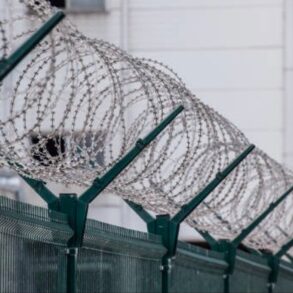
Nearly a century before Donald Trump promised to reopen the most famous island prison in the U.S. to “house America’s most ruthless and violent Offenders,” the political leadership of a very different era made a very similar pledge.
In the fall of 1933, U.S. Attorney-General Homer Cummings announced the acquisition of a place then often called “Devil’s Island,” a 12-acre outpost in San Francisco Bay that would soon hold captive Al Capone. The Alcatraz Prison, Mr. Cummings declared, would be a place from which “escapes are practically impossible,” surrounded by swift currents and distant from the accomplices that might otherwise help in an escape.
“Here may be isolated the criminals of the vicious and irredeemable type so that their evil influences may not be extended to other prisoners,” said Mr. Cummings, speaking at a time when the lawlessness of Prohibition-era gangsters had brought embarrassment to government authorities. Better yet, the structures on the island, which had been a military prison, were “in excellent condition and admirably fitted for the purposes I had in mind.”
It took only 15 years for the United States Bureau of Prisons to conclude otherwise, calling Alcatraz a “makeshift institution at best” in a 1949 report.
The basics of keeping an island prison supplied with provisions made for “unusual difficulties.” It wasn’t easy to find workers to live in such an isolated place. Meanwhile, fog, wind and tides battered it “as if it were a stranded ship.” It all meant it cost twice as much per inmate to run Alcatraz as other penitentiaries; in the years that followed, those costs rose to triple the average. A new location would be found, and “assuredly, it will not be on an island,” the report concluded.
By early 1963, Alcatraz had been closed.
Guard Jim Lowrie checks on an empty area of Alcatraz in 1963, after the last inmates were transferred to other prisons.The Associated Press
Now, another American leader wants the worst of the country’s worst locked up in Alcatraz. Mr. Trump has ordered federal officials “to reopen a substantially enlarged and rebuilt ALCATRAZ,” he wrote on social media Sunday.
A rebuilt Alcatraz will be a ”symbol of law, order, and justice” in the U.S., the President said.
But Alcatraz has never been particularly well-suited as a foundation for buildings of any kind – an island of sandstone so weak it can be cut with a hatchet – and the ravages of time mean what prison structures still exist are of questionable structural quality.
“That whole site would need to be razed and a new prison built. From scratch,” said Seán McConville, a specialist in prisons and penal policy at Queen Mary University of London who is co-author of the book Prison Architecture. Alcatraz has always been cobbled together, “a real Mother Hubbard job to begin with,” he said.
Jed Jacobsohn/AP; Lea Suzuki/San Francisco Chronicle via AP
Lea Suzuki/San Francisco Chronicle via AP; Fred Greaves/Reuters
With enough money, of course, obstacles can be demolished. But in interviews with The Globe and Mail, people who know Alcatraz – including a structural engineer who is familiar with the site, a San Francisco architect and an emeritus professor at the University of British Columbia who has written about it – say the scale of spending required would be great, and the complications immense.
It would be cheaper to build a new prison in the middle of the desert, said the structural engineer, whose name The Globe is not publishing because they are contractually barred from commenting on the island. In addition to the advanced age of its buildings, Alcatraz has no water, no electricity and no natural gas service, the engineer said.
Take the basic question of water. Historically, cisterns collected rainwater, but drinking water was shipped in. To supply a new Alcatraz with reliable water would likely require either an undersea pipeline or construction of a plant to create freshwater from San Francisco Bay.
A pipeline might sound simpler, but would require approval from a raft of authorities – a list that could include the city of San Francisco, the city’s public utilities commission, the San Francisco Bay Conservation and Development Commission and the U.S. Army Corps of Engineers, which has broad authority over the area’s coastline.
Running that regulatory gauntlet would be so daunting that a desalinization plant would probably be a simpler solution, said the local architect, who has extensive experience in prison design. The Globe is not publishing the architect‘s name because they fear reprisal for their work on corrections institutions.
By the same token, any new Alcatraz would almost certainly require construction of its own sewage treatment plant. Historically, the island pumped its effluent into the nearby waters, said Ira Nadel, an emeritus professor at UBC who co-wrote Alcatraz: History and Design of a Landmark with architect Donald MacDonald, who was born in Canada but lives in San Francisco and has done work on the former prison site.
Visitors enter D Block, one of four sectors of Alcatraz. Over all, the prison could hold up to 336 people, but never reached full capacity. Keeping an inmate on the island was twice as expensive as other U.S. prisons.Lea Suzuki/San Francisco Chronicle via AP
Jed Jacobsohn/AP; Noah Berger/Reuters
It is doubtful that many existing structures could be salvaged, beginning from the basic floorplan. Even the basic mechanical elements in modern prisons would be difficult to graft onto the old buildings of Alcatraz. New prisons, as just one example, carry piping and other services through a shaft in the back of the cell, where it can be maintained without exposing an opening to carceral spaces.
Size matters, too. Cells at Alcatraz measure 45 square feet. The modern standard for high-security institutions in the U.S. is nearly double that. Moving the walls that now stand is unlikely to be an option, given the steel reinforcement inside the concrete.
Reopening Alcatraz is “impossible and absurd,” said Prof. Nadel. Even building new, “on a cost-benefit analysis, it‘s madness,” he said.
Could there, though, be value in reviving Alcatraz as a symbol of justice delivered, as Mr. Trump has indicated?
“You’d have to ask a politician that,” Prof. McConville said. “I guess they would have an estimate of how much terror, how much deterrence, how much reassurance to the public can be captured by this notion of an island prison. But it is a political concept.”
This post was originally published on this site be sure to check out more of their content.









